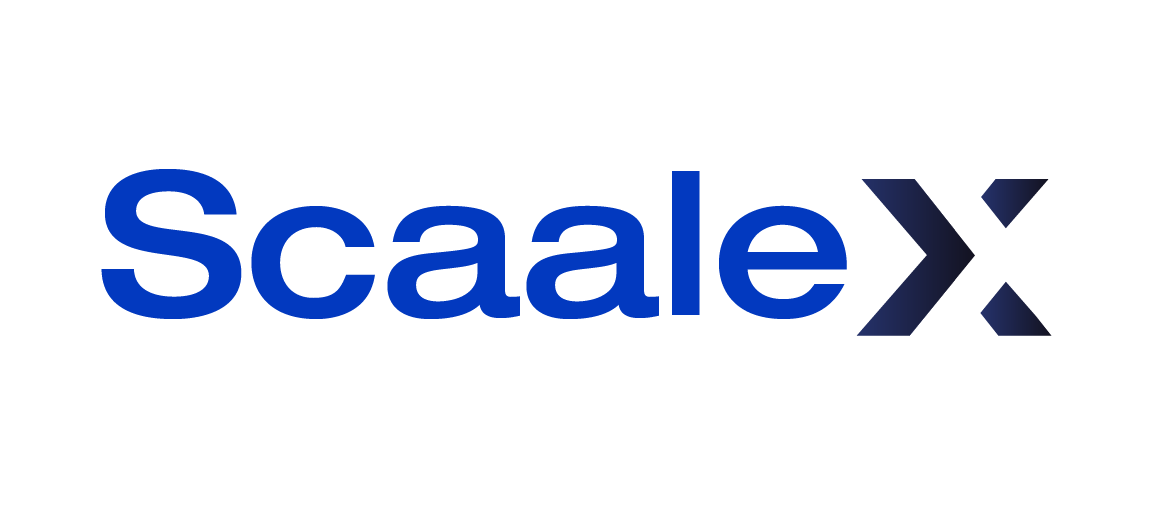What is Tokenomics?
Tokenomics is an important concept within the cryptocurrency space that has seen rapid growth in the last few years. The word ‘Tokenomics’ is the amalgamation of two words – ‘Token’ and ‘economies’ which refers to the study of the overall economics of a crypto token that includes critical factors, such as issuance, attributes, distribution, supply, demand, and other features. In other words, it explores all the essential parts of a token’s economy and provides a more complete analysis of how coins/tokens work in their respective networks.
A crypto token is a non-native digital asset built by crypto projects on top of an existing blockchain. Whereas economics is a social science that helps to determine how token economics differs from traditional economics. Tokenomics determine two things about a crypto economy – the incentives that set out how the token is distributed and the utility of the tokens that influence its demand. Additionally, it is helpful as guidance to understand how much an asset might be worth in the future.
Major types of tokens
The main types of tokens include:
- Security token:- Tokens equivalent to ownership rights to gain access to an electronically restricted resource.
- Transactional tokens:- These tokens serve as units of account and are exchanged for goods and services.
- Utility token:- Tokens designed for a specific purpose or for some use cases is called Utility tokens.
- Fungible token:- A representation of assets on a blockchain that is divisible, interchangeable, and not unique. For instance; Cryptos like Bitcoin.
- Non-fungible token:- Non-fungible tokens represent assets that are unique and non-divisible, like a picture or intellectual property.
Why does Tokenomics Matter in Crypto?
Just as central banks leverage monetary policy regarding fiat currencies, the proper design and management of tokenomics allow project teams to create an efficient economy and ensure sustainable long-term development. Tokenomics has a great influence on the future price of a digital asset.
Tokenomics is a fundamental concept that encourages investors to buy and hold a specific coin or token and determine whether the project can achieve the goals specified in its roadmap. Further, Understanding tokenomics is crucial because it makes one aware of volatility and risk in the market and better assess whether a cryptocurrency is a good investment.
Why is Tokenomics important?
Tokenomics is important because:
- A crucial aspect of the crypto space enabling projects to create trust and a strong ecosystem.
- It has integrated the incentive structure into crypto tokens.
- Helps to calculate the token value deriving improved decision-making for investors.
- Helps projects create micro-economies by enabling them to decode how tokens ought to work within the ecosystem to become self-sustaining.
- Enables teams to design and adapt to a prevailing model or design a new model that matches the project’s aims.
Key elements of good tokenomics
Creating a good tokenomics model is essential as it guarantees that a project will succeed in the long run. Remember to consider these elements before one makes an investing decision:-
- Sustainable spending use cases – The token usability should be diverse and adds value to the entire ecosystem.
- Liquidity – Have good liquidity across different pairs and exchanges
- Scalable – The ecosystem participants can easily send tokens in fast.
- Mechanism to stabilize token price – Projects can choose to allocate a portion of profits to token buybacks in market downturn conditions.
- Non-rigid emission schedule – Flexible emission schedule allows a project to be responsive to market conditions and project growth rate.
- Design simplicity – Simplistic token design adds investor value.
- A good tokenomics should motivate people to use it for monetary and personal benefits.
How does crypto tokenomics work?
In the crypto sector, if the supply increases over time, the token then comes under inflationary and vice-versa.
For example;- A bitcoin is technically inflationary as when the supply increases, it reaches the maximum supply of 21 million. Ethereum is also inflationary, and there are no limits to its supply. On the other hand, BNB is deflationary since the team behind it removes tokens from circulation and reduces the supply.
The next element of tokenomics is managing a cryptocurrency supply during the transaction validation process. Many cryptocurrencies add new tokens to circulation where users help validate transactions that reward with tokens, including both incentivizing chipping in and increasing the supply.
Deflationary cryptocurrencies are about to remove tokens from circulation. Some burn a portion of users’ transaction fees, and others take a tax out of every transaction and burn part of it. The burned tokens are sent to a burning wallet, an inaccessible wallet address that ensures the tokens are gone forever.
Tokenomics: 5 Factors to Consider
Token utility:–
The utility is the major part factor of tokenomics as it denotes the use case or the problems it aims to solve. The token utility is responsible for creating demand, which escalates the digital asset’s value if the supply stays the same or reduces. There are many other use cases for tokens.
For instance:- ETH covers transaction fees, deployment of dApps, and smart contracts. Bitcoin is utilized as store of value and a medium of exchange. Governance tokens allow the holder to vote on changes to a token’s protocol.
Token supply:–
Supply and demand are the primary factors impacting the crypto price. There are two major metrics measuring a token’s supply. One is a maximum supply which defines the maximum number of tokens coded to exist in the lifetime of this cryptocurrency. For instance:- Bitcoin has a maximum supply of 21 million coins. Litecoin has a hard cap of 84 million coins, and BNB has a maximum supply of 200 million. Some tokens such as USDT, USD Coin (USDC), and Binance USD (BUSD) don’t have a maximum supply. Next is circulating supply which refers to the number of tokens in circulation, where we can add, remove, or lock the tokens.
Crypto projects also have a direct influence on its price to manage the supply of tokens in the following ways:-
- If the token’s supply increases while demand stays the same, it will lead to a fall in its price.
- On the other hand, the coin’s price will increase with the decrease in the supply (while the demand remains unchanged).
Crypto projects can control the supply of their tokens in the following two ways:-
- By (not) limiting the number of coins that can be issued (maximum supply).
- By implementing a price stability mechanism that moves coins out of circulation. (e.g., coin burnings and buybacks, as well as the halving in BTC’s case)
Therefore, it is essential to examine digital asset dynamics that directly impact its supply before investing in a coin/token.
Analyzing token distribution:-
Token distribution is a crucial element in tokenomics, where developers of a cryptocurrency initially distribute tokens. No one can use its network or access assets that empower the platform if the project fails to introduce/distribute tokens to its users. Token distribution greatly influences finding out whether a crypto project has the necessary funding to achieve its goal on its roadmap. A fair launch and a pre-mining launch are the major ways to distribute tokens to the market.
- A fair launch is when there is no early access or private allocations before a token mint and distributed to the public. BTC and Dogecoin are examples of this category.
- On the other hand, pre-mining allows a portion of the crypto to mint and then distributes to a particular group before offering to the public. Ethereum and BNB are two examples of this type of token distribution.
Distributing coins fairly among users/communities is generally safer as it significantly reduces various risks.
Examining token burns:–
Many tokens are burned/pulled out of circulation permanently in crypto projects. When the token’s supply is rising, it’s considered Inflationary. Inflationary
cryptocurrencies add blocks of transactions and mint a certain number of tokens per block. Whereas, Deflationary cryptocurrencies may have a burn schedule or burn a percentage of every transaction. The schedule for adding or removing tokens from circulation is Mint/burn schedule.
Governance:-
Governance is another major element that indirectly influences the future success of a crypto project. The core development team of a project or the governance committees and bodies elected by community members (decentralized governance) will play a significant role in better understanding the crypto solution’s future and the native token’s price. Some key highlights one should consider in terms of the governance model include:-
- The core team that has the ultimate authority vs a fully decentralized community governance process
- Whether governance occurs on the chain or off the chain
- How accessible is the governance process for the average user (e.g., how easy it is to create a proposal and vote on it)
- The minimum share of votes required to approve a proposal
- The core team’s background, skills, and experience (if they are highly involved in the project’s governance)
Read Next: Cryptocurrency Insurance Explained

